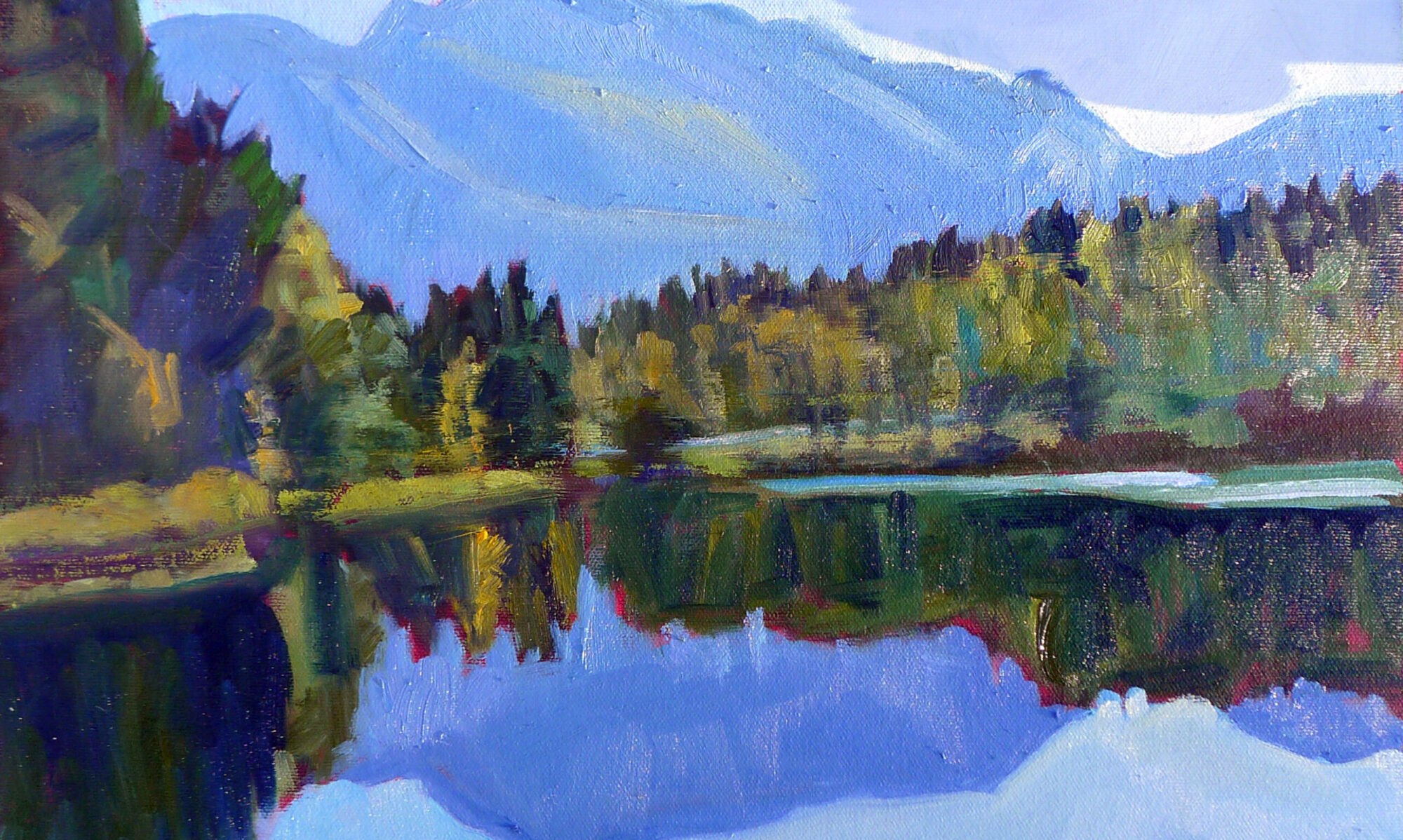This morning, I was in the sanctuary at St. Thomas’ Episcopal Church when I realized with surprise that the Stations of the Cross are on display—well, they would be, since they were made for Lent. (I don’t attend a Lenten-observing church anymore, and the calendar gets away from me.)
(If you would like to walk the Way of the Cross, it is done each Friday at 5:30 PM. The address is 2000 Highland Avenue, Rochester. Their full Lenten schedule is here.)
I made these Stations during my own personal annus horribilis, a year in which I was being treated for colorectal cancer. The quality is—looking back—uneven. No surprise there, since there were many days I could barely lift a pencil.
I was surprised to realize that they are also no longer on the internet in any form, so I dug deep into my archives and found copies of the illustrations and the original text, which I have reproduced here:
The idea of the Stations of the Cross originated in pilgrimages to Jerusalem, in the form of was later called the Via Dolorosa or “Way of Suffering”. This was an effort to understand in some small way the suffering of Christ by following him on the route of his conviction and execution.
Gaudenzio Ferrari, Statue of Jesus climbs the Praetorian Steps, Polychrome wood, ca. 1510 Italy, Sacro Monte di Varallo (VC), Chapel XXXII
Of course, most devout Christians never get to Jerusalem. Attempts to replicate the Via Dolorosa experience for the rest of us appeared as early as the 5th century. Eventually these took the form of connected shrines, bas relief carvings on indoor or outdoor church walls, or woodcuts in bound books.
Albrecht Dürer (1471 -1528), ‘The Large Passion: The Crucifixion’, Germany, About 1498
For both the points on the Via Dolorosa and the images disseminated throughout Europe, the term “Stations” was in use after about the 15th century.
By the 16th century, out-of-door Stations of the Cross were a regular sight on the approaches to many large churches—most commonly with seven settings, but ranging up to 30.
by Adam Kraft (1490) in Nuremberg
In 1731, Pope Clement XII fixed the number of stations at the modern 14. These are:
- Jesus is condemned to death
- Jesus accepts the cross
- Jesus falls the first time
- Jesus meets His Mother
- Simon of Cyrene carries the cross
- Veronica wipes the face of Jesus
- Jesus falls the second time
- Jesus meets the women of Jerusalem
- Jesus falls the third time
- Jesus is stripped of His garments
- Crucifixion: Jesus is nailed to the cross
- Jesus dies on the cross
- Jesus’ body is removed from the cross (Deposition or Lamentation)
- Jesus is laid in the tomb and covered in incense.
The problem for we literalist Protestants is that Stations 3, 4, 6, 7, and 9 have no clear basis in the Bible.
So how does an evangelical proceed when asked to make Stations of the Cross for an Episcopal church? The Episcopal Church frequently hearkens back to what it calls its three-legged stool, which is in itself a recapitulation of Richard Hooker’s hierarchical ranking of doctrine:
- “What Scripture doth plainly deliver.”
- That which may be concluded “by force of reason.”
- That which “the church by her ecclesiastical authority” thinks and defines as true.
No room there for Veronica, no matter how lovely the story is.
Ironically, I could have just waited for the Catholics. In 2007, Pope Benedict approved a new set of Stations for Catholics, called the Scriptural Way of the Cross. Those Stations are:
- Jesus in the Garden of Gethsemane,
- Jesus is betrayed by Judas and arrested,
- Jesus is condemned by the Sanhedrin,
- Jesus is denied by Peter,
- Jesus is judged by Pilate,
- Jesus is scourged and crowned with thorns,
- Jesus takes up His cross,
- Jesus is helped by Simon to carry His cross,
- Jesus meets the women of Jerusalem,
- Jesus is crucified,
- Jesus promises His kingdom to the repentant thief,
- Jesus entrusts Mary and John to each other,
- Jesus dies on the cross,
- Jesus is laid in the tomb.
One thing—the originals are the property of St. Thomas’ Episcopal Church, but the right of reproduction resides with me, the artist. And that I share freely with the world. Go ahead and share them with anyone who might enjoy it.


















